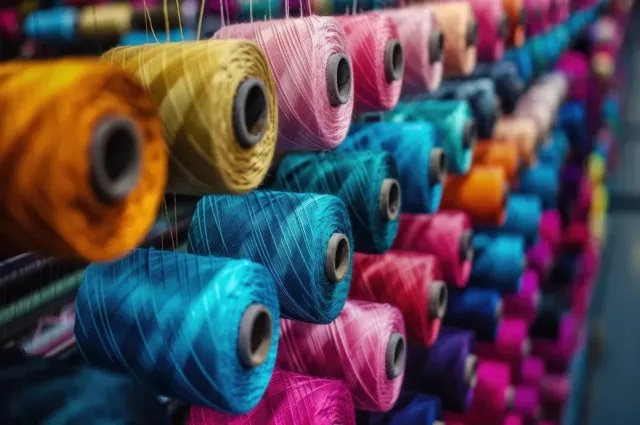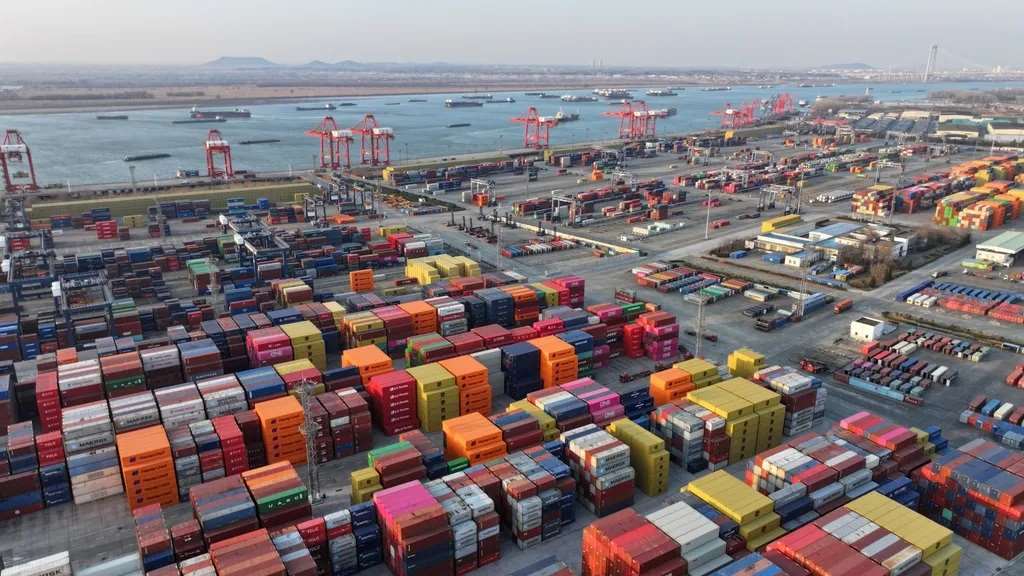
The fashion industry has long been synonymous with cheap, disposable clothing and a relentless pursuit of the latest trends. Social media influencers, showcasing their fast fashion "hauls," have propelled this culture of overconsumption. However, a counter-movement led by figures like climate activist Greta Thunberg has emerged, championing sustainability as a lifestyle choice. As consumer choices face increasing scrutiny, what we wear is deeply intertwined with our identities.
Environmental impact of textile production
Behind the allure of fast fashion lies a significant environmental cost. The energy-intensive processes and reliance on synthetic materials contribute to 10 per cent of global carbon emissions, surpassing even the aviation sector. Despite these alarming figures, there's a glimmer of hope as consumer sentiment shifts towards sustainability, with over 70 per cent expressing willingness to pay more for ethically produced goods.
The textile industry grapples with the challenge of meeting market demands while ethically sourcing environmentally friendly materials. The Asia-Pacific region dominates the ethical fashion market, reflecting a growing awareness and demand for sustainable practices. However, achieving this balance requires a holistic approach that considers both environmental and social impacts.
Materials matter: The role of MMCFs
A significant aspect of the industry's transition involves the adoption of sustainable materials, particularly Man-made cellulosic fibers (MMCFs) derived from plant-based sources. While these offer a greener alternative to synthetic fibers, challenges such as deforestation and ethical labor practices in their sourcing must be addressed. A comprehensive approach that encompasses the entire lifecycle of these fibers is essential for meaningful progress.
The Rana Plaza tragedy serves as a stark reminder of the human toll behind the fashion industry's relentless pursuit of profit. Exploitative labor practices, inadequate safety measures, and wage theft persist in many regions. Transparency emerges as a key solution, empowering consumers to make informed choices and holding brands accountable for their supply chain practices.
Toward a sustainable future: Accountability and transparency
Initiatives like Fashion Revolution and the Fashion Transparency Index aim to shed light on the systemic challenges within the industry. However, progress remains slow, with many brands failing to address labor and environmental concerns adequately. Independent certification schemes like PEFC offer promise in verifying sustainable sourcing practices, but their effectiveness in addressing social issues warrants further scrutiny.
While consumer demand for sustainable fashion grows, true transformation requires collaboration across the supply chain. Brands must move beyond superficial changes and actively engage with suppliers, communities, and NGOs to embed ethical practices. The challenge lies in ensuring that sustainability encompasses both material sourcing and labor standards, reflecting a genuine commitment to positive change.
As the ethical fashion segment continues to expand, the industry faces a critical juncture. Will brands rise to the challenge of aligning profit with purpose, or will superficial gestures overshadow genuine progress? The answer lies in a collective effort to prioritize sustainability, transparency, and ethical labor practices across the fashion ecosystem.












